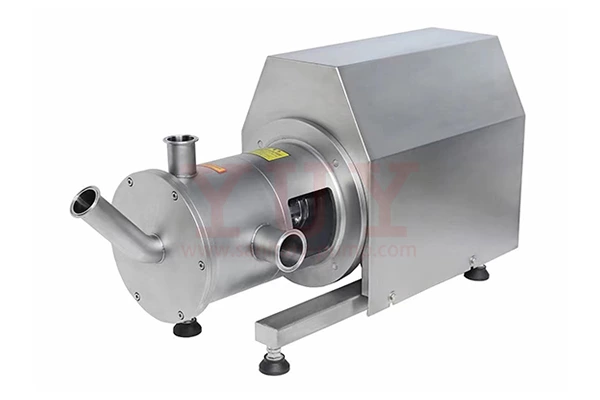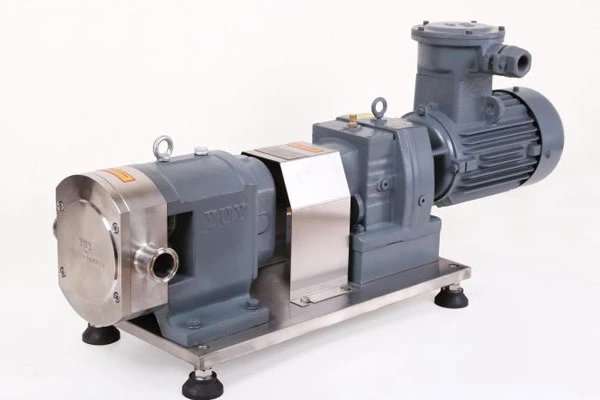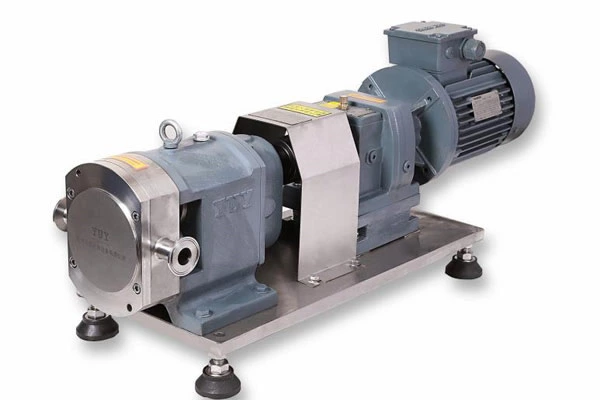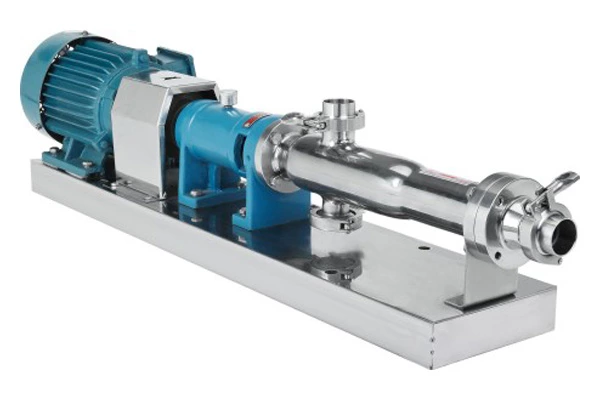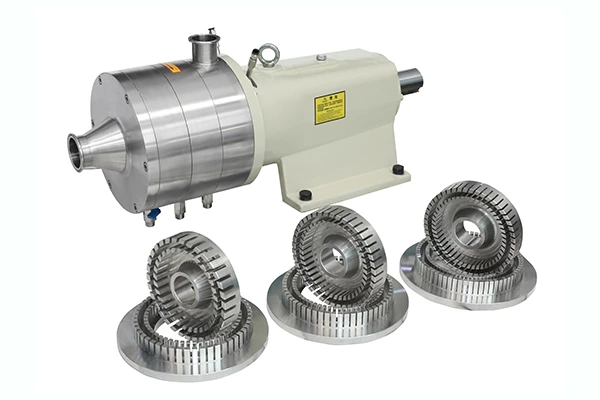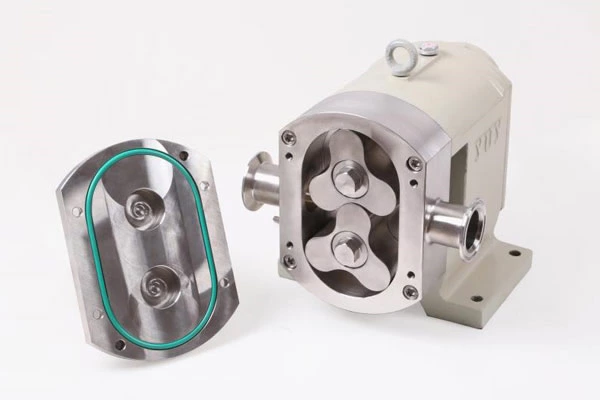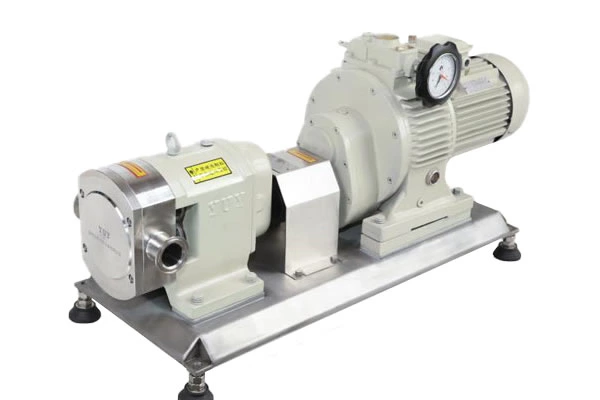Maintenance And Care Of Solid-liquid Mixing Pump
1. Solid-Liquid Mixing Pump can operate normally and can be used reasonably, which is an important part. Understand the adaptability of the solid-liquid mixing pump to various liquid conditions, select the model, and put forward appropriate use requirements, so as to better play the performance of the solid-liquid mixing pump, so as to achieve wear resistance and durability. Based on years of experience, we put forward the following use requirements for the maintenance of the solid-liquid mixing pump for users' reference.
Installation of solid-liquid mixing pump
When installing the solid-liquid mixing pump, the stopper of the installation surface should be matched with the stopper of the solid-liquid mixing pump according to the clearance, H 8 /f 8 requirements, and the stopper should not be too loose or too tight when pushed in; there should be no "pressurization" or "stuck" when the driving shaft is inserted into the transmission device. If it is found that it is particularly difficult to push it in by hand, it should be removed to check whether the stopper meets the matching requirements and whether the spline and spline shaft dimensions are qualified. It is forbidden to use a wooden stick, hammer, etc. to knock the solid-liquid mixing pump to force it in.
Treatment method for oil leakage of solid-liquid mixing pump
During use, if the seal of the solid-liquid mixing pump is damaged or aged, deformed for a long time, etc., it will cause oil leakage of the solid-liquid mixing pump. Sometimes a poor sealing surface will also cause oil leakage. Replace the oil seal in time to avoid such situations.
According to the above usage and maintenance, the life of the solid-liquid mixing pump will be extended and the cost of the equipment will be reduced.
2. What is the use of the solid-liquid mixing pump
The pump body of the solid-liquid mixing pump plays the role of supporting the gear in the gear lubrication system. The two gears are installed in the shell, and there are end covers on both sides of the wheel. The shell, end cover and each inter-tooth groove of the gear form many sealed working chambers.
When the gear rotates, the gear teeth mesh and disengage with each other, forming a working chamber, sucking in and squeezing out the oil to continuously lubricate the solid-liquid mixing pump. Therefore, the pump body of the solid-liquid mixing pump plays a very important role in realizing the lubrication process of the solid-liquid mixing pump. It is the bearing matrix of the entire lubrication system. The manufacturing accuracy of the pump body has a great influence on the entire lubrication system, especially the two holes on the shell have relatively high accuracy requirements. There are leaks in the working process of the solid-liquid mixing pump, and the outer circle of the gear and the inner hole of the shell are one of the leaks. Therefore, there are certain accuracy requirements for the processing accuracy of the shell hole.
The main function of the pump body is to support each transmission shaft, ensure the center distance and parallelism between the shafts, and ensure that the pump body components and the base are correctly installed. Therefore, the processing quality of the pump body not only directly affects the assembly accuracy of the solid-liquid mixing pump body, but also affects the working accuracy, performance and life of the solid-liquid mixing pump. The solid-liquid mixing pump consists of a pair of gears installed in the pump body, the pump body and two end covers on the gear end faces. When the motor drives the driving gear to rotate, the driven gear also rotates.
The solid-liquid mixing pump is suitable for conveying various lubricating liquids at a temperature not higher than 70℃. If a high temperature of 200℃ is required, high temperature resistant materials can be used. The viscosity is 5×10-5~1.5×10-3m2/s. This pump is not suitable for conveying corrosive liquids, liquids containing hard particles or fibers, highly volatile or low flash point, such as gasoline, benzene, etc.
3. Daily repair of solid-liquid mixing pump
1. Repair of the driving shaft and bushing after wear. After the driving shaft and bushing of the solid-liquid mixing pump are worn, the cooperation gap increases, which will inevitably affect the pump oil volume. In this case, the method of repairing the driving shaft or bushing can be used to restore its normal cooperation gap.
2. Repair of the smooth solid-liquid mixing pump shell. The shell cracks can be repaired with cast 508 nickel-copper welding rods. The weld must be tight and free of holes, and the flatness error of the contact surface with the pump cover should not exceed 0.05 mm.
3. Repair of wear on the active shaft bushing hole and the driven shaft hole. After the active shaft bushing hole is worn, the wear marks can be removed by reaming, and then a bushing enlarged to the corresponding size can be used. The wear marks on the driven shaft hole can also be removed by reaming, and then the driven shaft can be manufactured according to the actual size of the hole after reaming. 3A fixture system
4. Repair of the inner cavity of the pump casing. After the inner cavity of the pump casing is worn, the inner cavity is usually repaired by the inner cavity sleeve method. The inner cavity is enlarged and then inlaid with cast iron or steel sleeves. After the sleeve is inserted, the inner cavity is enameled. 5. Repair of the valve seat: There are two types of pressure limiting valves: ball valves and plunger valves. After the ball valve seat is worn, a steel ball can be placed on the valve seat, and then the steel ball can be gently tapped with a metal rod until the ball valve and the valve seat are tightly fitted. If the valve seat is severely worn, the wear marks can be removed by reaming first, and then the above method can be used to make it fit tightly. After the plunger valve seat is worn, a small amount of valve sand can be put in for grinding until it fits tightly.
5. Repair of pump cover and working surface: If the working surface of the pump cover is less worn, the wear marks can be eliminated by manual grinding, that is, put a small amount of valve sand on the channel or thick glass plate, and then put the pump cover on it for grinding until the wear marks are eliminated and the working surface is flat. When the wear depth of the working surface of the pump cover exceeds 0.1 mm, it should be corrected by turning first and then grinding.
IV. Gear pump operation matters
1. The disassembly and cleaning of the gear pump, the increase and decrease of temperature, and the start and stop should be strictly operated in accordance with the regulations to avoid unnecessary accidents.
2. Attention should be paid to maintaining the stability of the inlet pressure of the gear pump so that the pump has a stable volumetric efficiency to facilitate the operation of the pump itself and the stability of quality.
3. The temperature of the gear pump jacket should be checked frequently, and the temperature of the main body and the front and rear covers should be kept consistent.
4. Every time the quality is improved, the speed, inlet and outlet pressures, and current values are recorded, and the data before and after are compared and analyzed carefully to detect abnormalities as soon as possible and deal with them in time.
5. The gear oil pump can transport all flowing media and even non-flowing materials. The flow rate and pressure are stable and there is no pulsation. The output flow rate can be changed by using variable speed, and it has the advantages of strong suction capacity, low working noise, no temperature rise, and no leakage.
